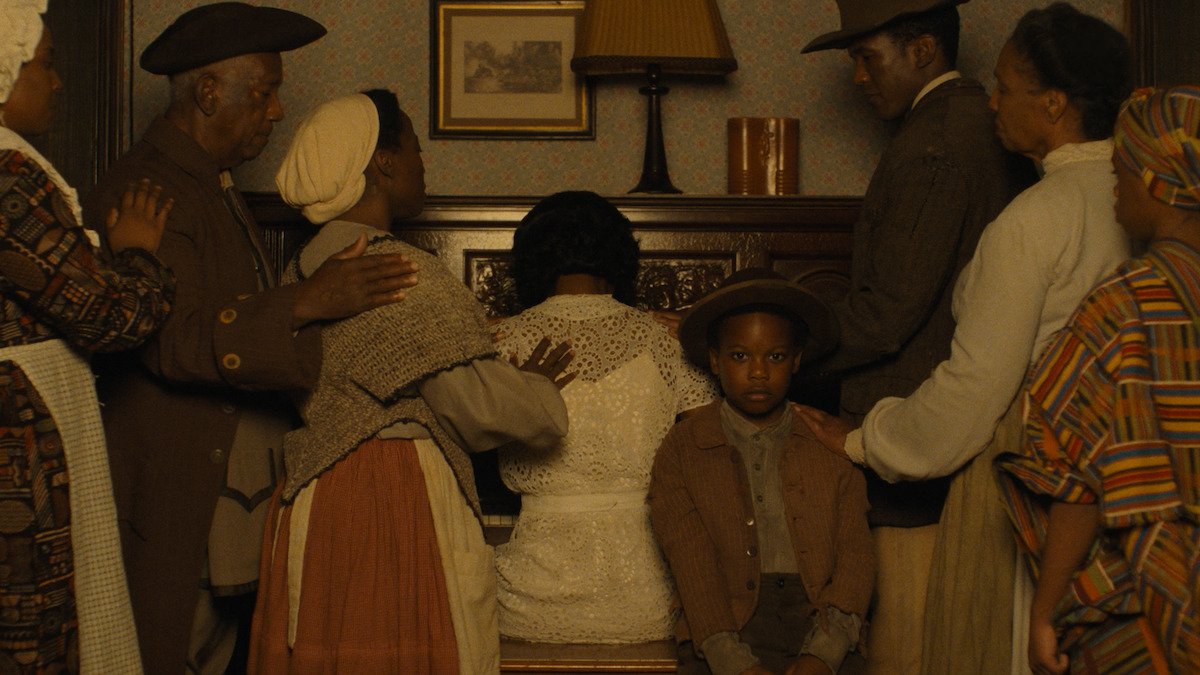QUEER
Directing: B+
Acting: A
Writing: B-
Cinematography: B+
Editing: A-
Special Effects: B-
I’m not sure I can fully explain what the hell is going on in Queer, which starts of relatively normal and progressively moves into a definitively wackadoodle space. There is very much a sense that this was what director Luca Guadagnino was going for, and in his hands, I felt totally okay just letting go and falling into his very specific atmosphere.
This is a director who has made films I adored (Call Me By Your Name, Challengers), films I have hated (Suspiria), and movies I’ve had a mixed reaction to (Bones and All). Guadagnino is a man for all seasons, a man for all tastes. There are people who adored the titles I hated and people who just didn’t get the ones I adored. He even directed a meandering but beautiful limited series for HBO called We Are Who We Are which I would highly recommend. So where does Queer fall on this spectrum, one that stretches wider than it does for most directors?
Queer is very specific, and with me at least, it elicited a very specific response. This may be the most bemusing movie I’ve seen and so very much enjoyed the experience. There’s something truly nebulous about the script, adapted from the William S. Burroughs novella of the same name, by Justin Kuritzkes. I have never read any of Burroughs’s work, but by all accounts the tripiness the story gets further into as it goes on is characteristic of his work. I’m not sure I need to read any of it. I trust the capable hands of Guadagnino in shaping an adaptation.
It’s notable that both Daniel Craig and Drew Starkey, who play the two leads, are straight actors playing queer characters. One might be tempted to call it regressive, except that Guadagnino himself is gay, and evidently these were the actors he wanted. If straight actors must be cast for gay parts, it makes up for a lot if the director is openly gay. And I cannot stress enough that Daniel Craig’s performance in this film is incredible. His William Lee is an aging gay man biding his time in 1950s Mexico City, engaged in casual sex but quick to infatuation, and singularly vulnerable and insecure. Craig’s portrayal is at once unique and broad, specific and heartbreaking. William is a man who seems in search of something to fill a void in his life that his era just cannot accommodate.
The one thing I genuinely struggle to get on board with in Queer is Jason Schwartzman, giving an admittedly delightful performance in the deeply unfortunate use of what appears to be a fat suit. I’m having a hard time finding specific confirmation that this is indeed a fat suit, but given how thin he is in recent photos, I’m not sure what else we can conclude. And there are definitely genuinely fat actors who are just as talented as Schwartzman and could have given just as good a performance. On the upside, his character, Joe, is not only also queer, but is only ever seen making out with hot young guys. So at least we’re seeing a fat guy onscreen who can get it.
Speaking of which, there's some unusually frank depictions of gay sex in this movie–another point in its favor. Daniel Craig looks amazing at age 56—25 years Drew Starkey’s senior. But Euguene, played by Starkey, is an independent and almost aloof young man, barely acknowledging William’s obvious yearning for him.
And here is where Guadagnino’s dependably delicate touch comes in handy: at no point does Queer feel like some kind of gay version of Lolita (it helps that Eugene is well out of his teen years). A great deal of time passes with very little seeming to have happened, even though a great deal is happening onscreen, with oddly but effectively focused cinematography, great performances, and great finesse in editing. There is no question some will be bored by this movie. I was fully compelled at all times, even when it shifted into areas I could not fully grasp.
Queer takes a hard turn in that direction as it explores William’s drug use, and specifically his search for a root that he’s told will give him telepathic capabilities. The story is split into three “Chapters” and then a particularly impenetrable epilogue; the third chapter is titled “Lady in the Jungle,” the title character there being a sort of slicked-back woman with long greasy hair who looked incredibly familiar but was nearly impossible to place: it turned out to be the amazing Lesley Manville.
It’s in this third act when William, with Eugene right there beside him, goes on a bit of a wild trip, on the drug they’ve traveled out there for. Guadagnino pivots to what is essentially an interpretive dance on ayahuasca, the two shirtless men moving in and out of each other, quite literally: we see a hand passing underneath the skin, or their two torsos barely melting into each other. It is at once romantic and unsettling, unlike anything I have ever seen. I suppose it could be seen as a comment on two people truly connecting, but sometimes with Guadagnino, you just have no idea and perhaps you never will.
This is one filmmaker where, depending on the vibes anyway, I am okay with having no idea. I couldn’t tell you precisely what Queer is going for. Guadagnino is capable of such mystery in ways both deeply unsatisfying and deeply satisfying. For me, this round was pretty satisfying. If nothing else, he has a gift for molding thoroughly realized characters who elicit your compassion and interest. Queer is certainly not perfect, not least of which because of several scenes with pointlessly obvious CGI (background landscapes of South America; a near-miss attack from a viper). Still I’m glad to have gone on its journey, and would happily do so again.
Insecure vulnerability and comfortable confidence intersect in Queer-ness.
Overall: B+










